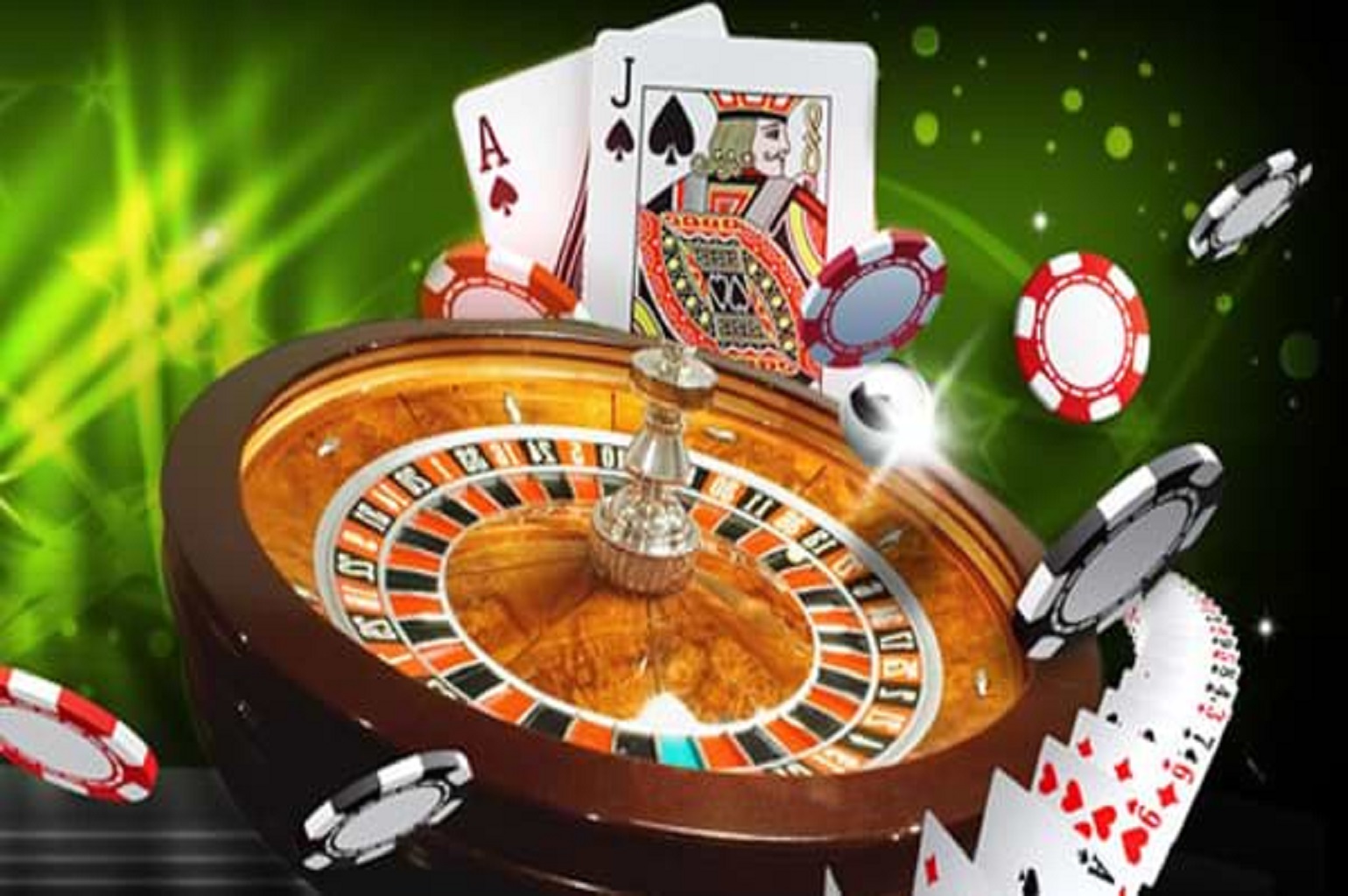
Slot gaming has long captured the hearts and finances of gamblers around the globe. The bright lights, enticing sounds, and the exciting anticipation of a potential jackpot make these devices a popular choice in both brick-and-mortar casinos and online platforms. But underneath the exterior of this enthralling entertainment lies a complex mathematical framework that regulates how these games operate. Understanding this structure can enhance your gaming adventure and provide knowledge into the odds you face every time you pull the lever or press the spin button.
One crucial concept in the realm of slot gaming is Return to Player, or RTP. This statistic helps players understand the chances of winning over an extended period. While the vibrant visuals and immersive themes of slots can easily capture your attention, it is the underlying math behind RTP that truly determines the fate of your gaming sessions. By diving deeper into what RTP represents, how it is calculated, and what it means for your probability at the slots, you can explore the world of slot gambling with more knowledge and assurance.
What is RTP?
Return to Player, often abbreviated as RTP, is a important concept in the realm of gambling on slots. It refers to the percentage of staked money that a slot machine is engineered to return to gamblers over a notable period of play. For example, if a game has an RTP of 95%, it suggests that for each one hundred dollars bet, the slot is set to pay back 95 dollars in winnings on average terms. This does not guarantee that every player will receive this amount, but rather reflects the long-term return anticipated from the machine.
Understanding RTP is crucial for players looking to enhance their gambling experience. Increased RTP rates generally suggest superior odds for slots players, as these games are mathematically more favorable over time. Players seeking an advantage often search for games with an RTP exceeding ninety-six percent, as these machines tend to yield more substantial returns in comparison to lower RTP choices, which may be established around 85 to 90 percent.
It’s crucial to note that RTP does not determine short-term outcomes and can differ greatly during specific gaming periods. While a machine may have a high RTP, it could still lead to a series of losses for a player. Therefore, RTP serves as a reference point rather than a precise indicator, and understanding its implications can help gamblers make educated decisions when choosing which machines to play.
The Way RTP Impacts Slot Games
RTP, also known as RTP, is a critical factor which shapes the experience of slot gambling. It indicates the proportion of wagered money which a slot game is designed to pay back to players over time. For instance, a machine with an RTP of 95% means that in theory, players can expect winning back 95 cents for each dollar spent over time. Understanding RTP aids players make well-informed choices about which games to play, as higher RTP slots typically provide more favorable long-term returns compared to those with lower RTP percentages.
The impact of RTP over slot games can also affect the volatility or variance of the game. High RTP games may attract players seeking more consistent returns, while low RTP games might provide higher payouts in the short term but infrequent wins. Such variation influences player tactics and gaming habits, with some players leaning toward games with high RTP for more secure wagers, while some others might chase the thrill of potentially larger but less frequent wins found in games with lower RTP. Finding the balance between RTP and variance can establish a unique gaming environment that draws in various kinds of players.
Moreover, the way RTP is structured can dictate the frequency of and the amount players can win. Slots with higher RTP percentages often reward players with smaller, consistent payouts, making them attractive for longer gambling sessions. In comparison, games with lower RTP can attract risk-seeking players with the temptation of big jackpots, balancing strategically potential rewards against the odds of winning. In the end, grasping the concept of RTP enables players to tailor their gaming experience, aligning their choices with their risk tolerance and gaming preferences.
Understanding RTP in Betting Tactics
Comprehending Return to Player, or RTP, is important for anyone seeking to boost their gambling approach. RTP denotes the percentage of wagered money that a slot machine is programmed to pay back to players over time. For example, a slot with an RTP of 96 percent is expected to return 96 dollars for every 100 units bet, although this is computed over a extended duration of play. Knowing the RTP get gamblers analyze potential payouts and pick machines that match their risk level and gaming preferences.
When creating a gambling strategy, players frequently look for slots with superior RTP figures. Machines with an RTP of 95 percent or higher are typically perceived as favorable. However, it is important to keep in mind RTP is a hypothetical figure and actual returns can differ significantly over short play sessions. ALOHATOTO LOGIN Gamblers should set realistic targets, recognizing that even a elevated RTP does not guarantee wins in the short term but can provide better odds in prolonged play.
Including RTP into decision-making can assist players formulate a more informed approach to slot gambling. Combining knowledge of RTP with money management and wagering strategies can create a balanced gambling strategy. Ultimately, grasping RTP enables players to make wiser choices, increasing their likelihood of enjoying their time and potentially coming out ahead in the future.

